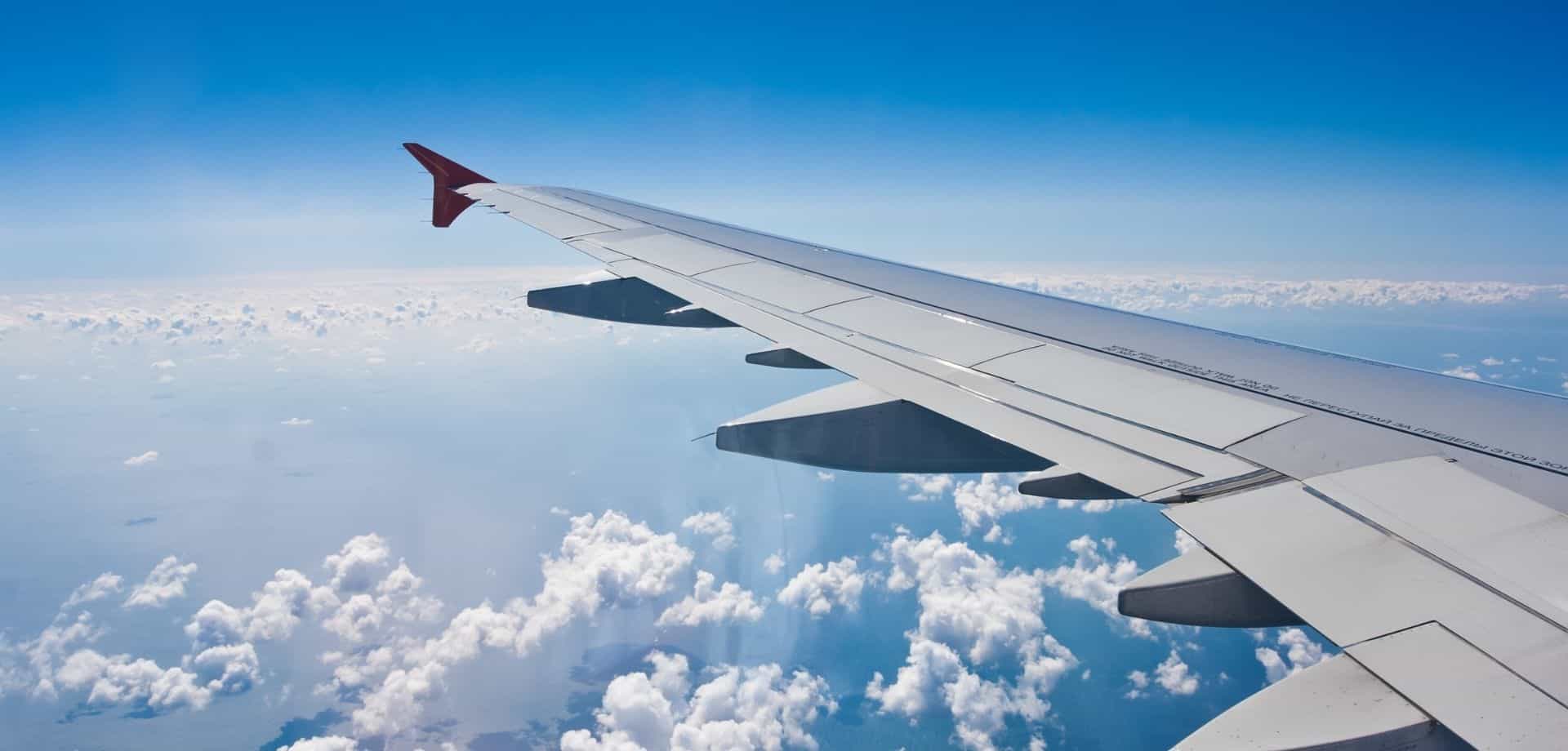How to avoid getting ill on flights – The Telegraph
How many times have you come down with an illness after taking a flight? Are you concerned about germs when flying? If so, you may (or may not!) want to read the findings of a study showing how infections spread on planes.
The Telegraph reported the study with advice from Fleet Street Clinic’s medical director, Dr Richard Dawood.
Essentially, where you sit in relation to sick passengers and cabin crew will determine your chances of catching an infection.
The study shows:
- Passengers sitting nearest the aisle are most likely to catch an infection from an ill cabin crew member.
- For the best chance of protecting yourself from cabin crew bugs, sit in the window seat.
- Sick passengers pose less risk, although if you are sitting very close to an infected passenger then watch out, as you are at high risk of catching their illness.
It’s not all bad for passengers though, as cabin crew were reported more likely to infect one another than passengers. To avoid catching anything, make sure you wash their hands and avoid touching your face throughout the flight. If you feel ill yourself, make sure you keep your hands clean, avert your face when you cough and turn on the air to reduce the spread of bugs.
Dr Richard Dawood said airlines should not allow anyone to travel who was obviously ill.
“It’s a contravention of airline regulations for someone who’s showing overt signs of infection to be allowed to travel in the first place,”
– he said.
He said the best way travellers could protect themselves was by asking someone to wear a face mask.
“The ideal thing to do would be to get the person who’s ill to wear a face mask. You could escalate it to captain level and say, here’s a person who’s a danger to other passengers and they should wear a face mask. However, you could end up with a pretty nasty incident if someone digs in their heels,”
– he said.
You can read the full article here.
For travel advice, you can book a travel consultation appointment here. Or you can learn more about our travel clinic.





